6 animals with the "strangest" hearts on earth
Squid has three hearts, cockroach's heart beats in sync with humans, zebrafish's heart can revive... and other interesting things you can only see in the animal world.
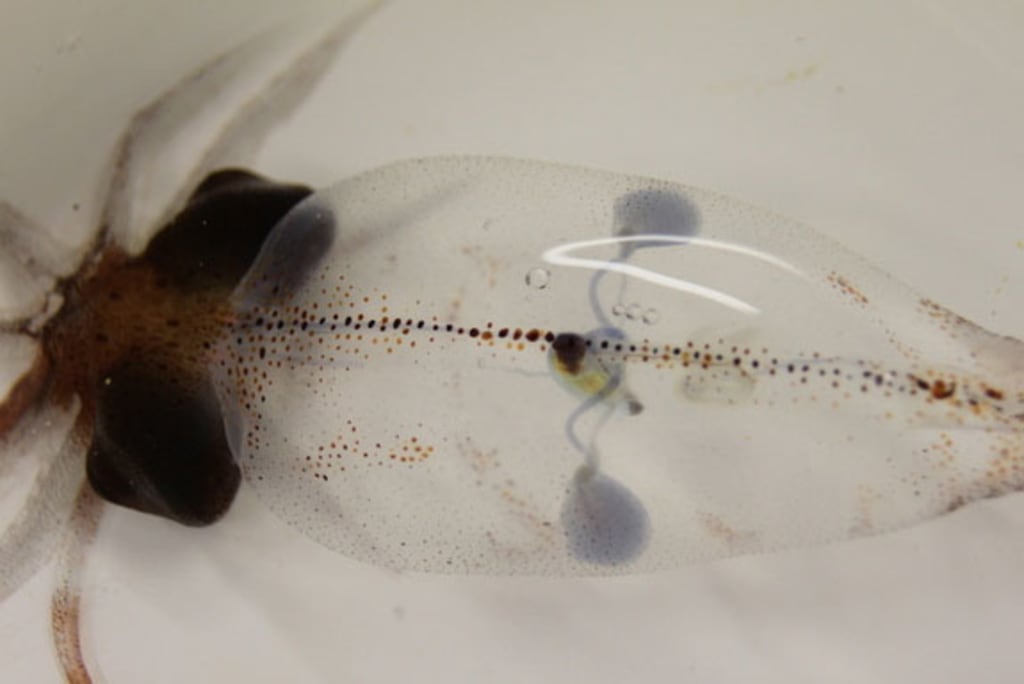
Did you know, our heart usually beats 72 times per minute while in the same period, the heart of a hibernating animal only beats 5 times but for a hummingbird it is 1,260 times.
The human heart weighs only about 0.3kg, but a giraffe's weighs 12kg - the reason is that they need a very strong heart to pump blood through their long necks. But the animal world is much more interesting than that.
The hearts of the animals below will surely surprise you:
1. Mollusks have up to three hearts.
All aquatic species including octopuses, squids and starfish actually have three hearts. Two auxiliary hearts on either side help the mollusk absorb blood while the central heart regulates blood through the arteries to nourish the body.
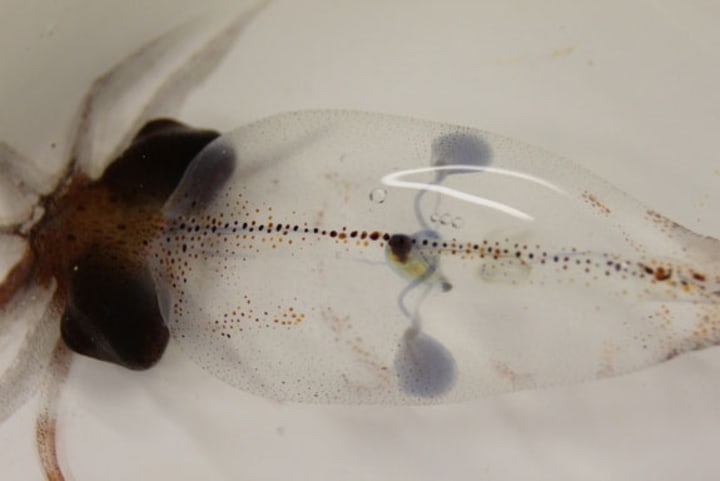
In particular, the blood supplied by the three hearts above is not red as we imagine. In fact, the blood of these mollusks is blue because the cells contain a lot of copper. The reason why human and mammal blood is red is because it contains a lot of iron in hemoglobin.
2. Cockroach: heart not working
Like other insects, cockroaches have a special circulatory system where blood does not always flow through all the vessels but only revolves around 12 to 13 main pathways.
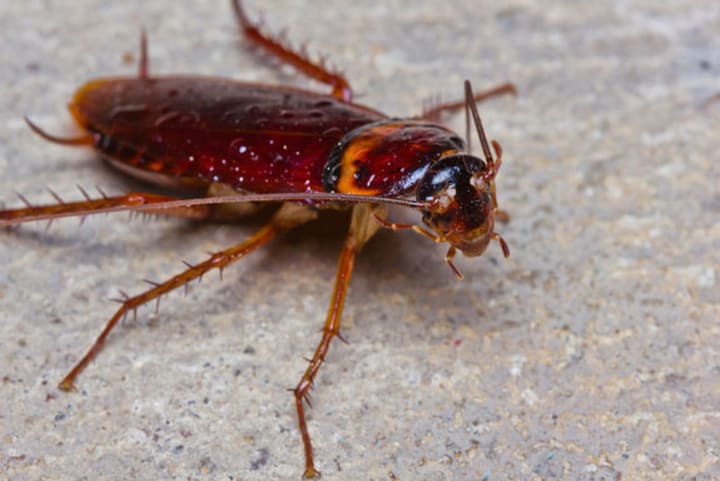
The dorsal sinuses, located at the top of the cockroach's body, help move oxygenated blood to the chambers of the heart. However, the heart here does not circulate blood throughout the body like the hearts of other animals.
That's because cockroaches and other insects breathe through stomata instead of lungs, so their blood doesn't have to carry oxygen from one place to another. Plus, according to Don Moore III, a specialist at the Smithsonian's National Zoo, a cockroach's heart beats the same way a human's does.
3. Earthworms use "fake" hearts
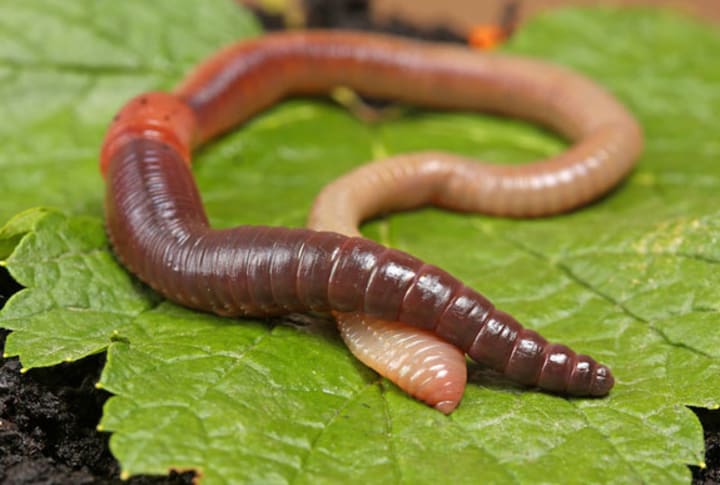
Earthworms are heartless animals, but they have five so-called "false hearts" surrounding their esophagus. These false hearts do not pump blood, but only contract the blood vessels to help blood circulation. In addition, worms do not have lungs and they absorb oxygen through their moist skin.
Earthworms have red blood because they contain hemoglobin, a protein that carries oxygen. However, unlike humans, they have an open circulatory system, so the hemoglobin just floats among the rest of the material rather than being absorbed or metabolized.
4. Zebrafish can regenerate their hearts.
If a zebrafish's heart is damaged, it will immediately regenerate a new one to replace it. In a study published in the journal Science in 2002, researchers showed that zebrafish can regenerate 20 percent of damaged heart muscle in just two months.
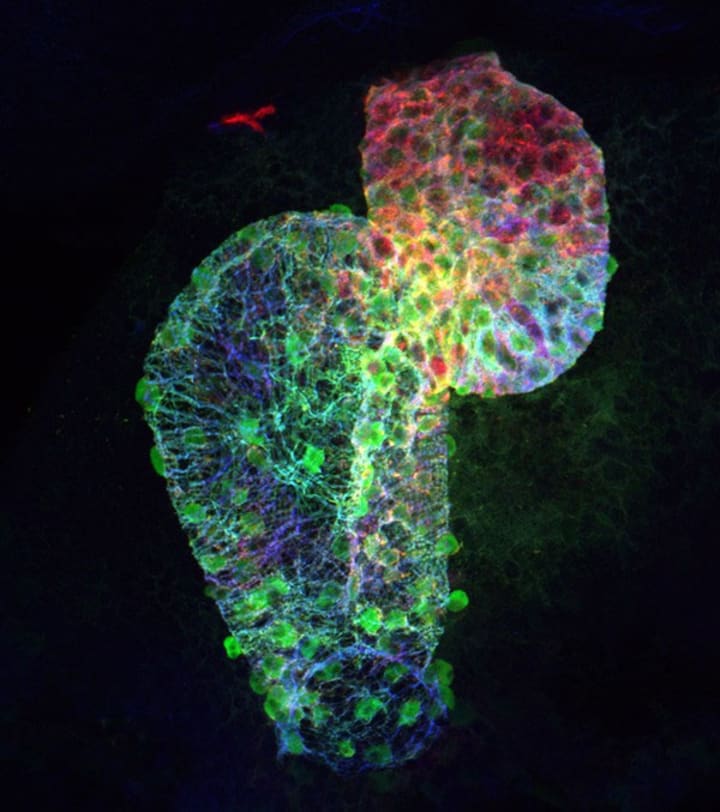
Zebrafish heart duplicates itself when damaged
If the human liver can regenerate itself and reptiles and amphibians can regrow their tails, the zebrafish's ability to regenerate the heart is at the forefront of cardiovascular research. However, the heart of this fish is extremely special because it has only one atrium and one ventricle, and has two structures completely different from the human heart.
In other animals, the heart is responsible for transporting oxygen throughout the body. In fish, however, the dorsal sinuses transport oxygen between the ventricles and atria. The thinner the ventricles, the thicker the arterial walls and the faster the blood is pumped to the atria.
5. Whales have huge hearts
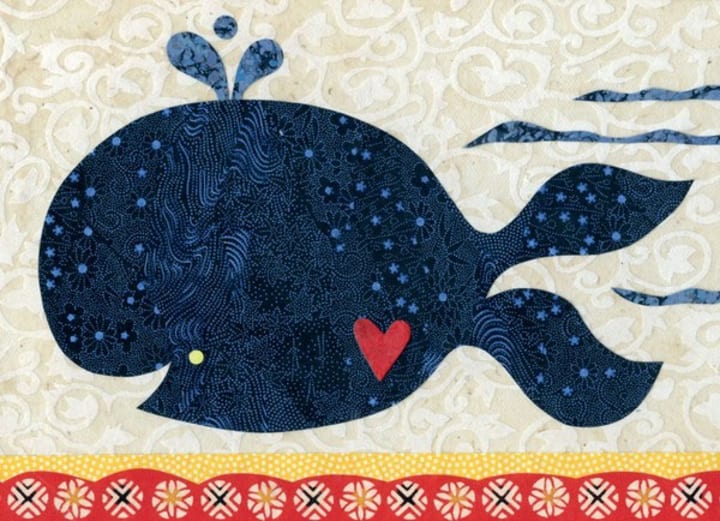
According to James Mead, president emeritus of the Smithsonian Institution, the whale heart has four chambers and is known to be the largest in the animal world. This must be an extremely large and extremely strong heart to be able to pump oxygen throughout the species' massive body, which is as large as two buses. According to estimates, the heart of a blue whale weighs up to 589kg, equivalent to the weight of nearly 9 adults (average weight 70kg).
In addition, scientists also found that the walls of the main arteries in the whale's heart are as thick as the length of an iPhone 6 Plus.
6. Frog heart has only three chambers
According to researcher Daniel Mulcachy of the Washington Institute, the hearts of most mammals and birds have four chambers, but frogs have only three chambers, including two atria and one ventricle.
The heart is responsible for filtering the oxygen that the body absorbs, transferring it to the lungs for respiration, and then pushing the oxygen down to all the organs.
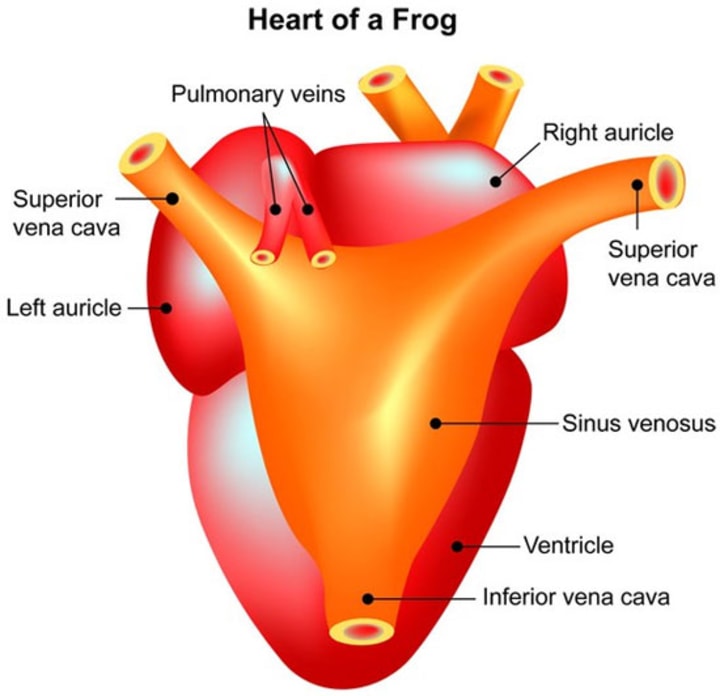
In the human heart, oxygenating blood cells and extracting oxygen from them are two completely separate processes, but in frogs, an organ called the myocardium keeps the two processes running independently of each other in the same ventricle.
According to Mulcachy, frogs get oxygen not only through their lungs but also through their skin. The frog's heart actually works on its own principle - blood cells enter the right atrium and exit the ventricle to the lungs and skin to pick up oxygen. The cells that have absorbed oxygen then return to the left atrium, to the ventricle, and carry the oxygen to nourish the organs in the body.
About the Creator
HK Decor
Telling stories my heart needs to tell <3 life is a journey, not a competition
If you like what you read, feel free to leave a tip,I would love some feedback
https://s.shopee.vn/7fFUMxnnBx?share_channel_code=8
Enjoyed the story? Support the Creator.
Subscribe for free to receive all their stories in your feed. You could also pledge your support or give them a one-off tip, letting them know you appreciate their work.


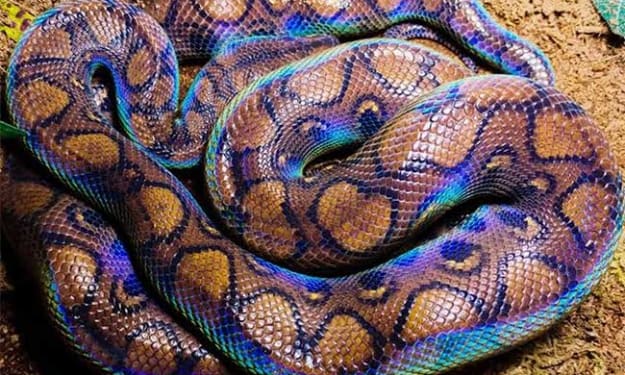
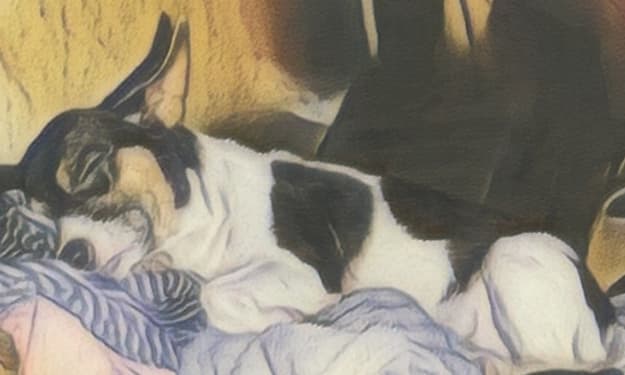
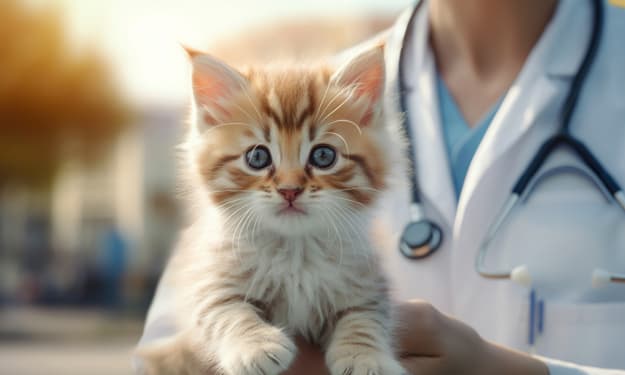

Comments
There are no comments for this story
Be the first to respond and start the conversation.